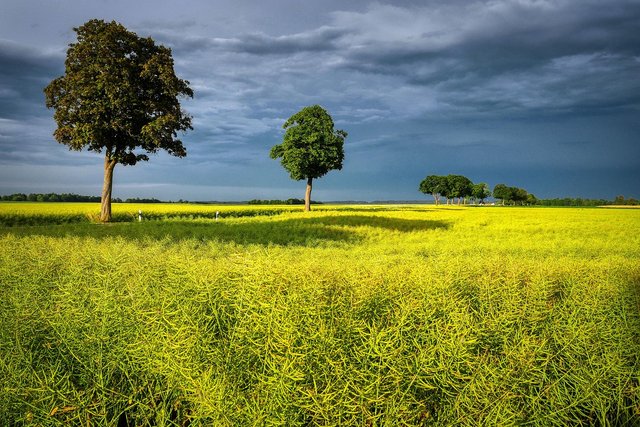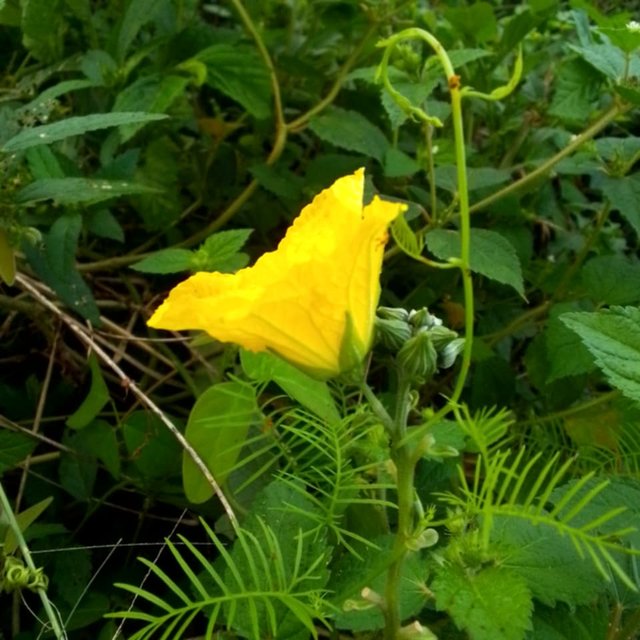Basic Knowledge in Agriculture #53
Firstly, I would like to start with its meaning or definition. Agricultural ecology can be seen as the study of how agricultural systems and their components interact with their environment. This study encompasses both biotic and abiotic factors that contribute to crop production.
It regulates the interaction between crops, livestock, and their habitat, as well as the contributions of both living (biotic) and non-living (abiotic) factors, such as soil, water, and climate.
The main purpose of agricultural ecology is to design and maintain agricultural systems using agricultural principles to achieve sustainability, resilience, and productivity. Its main purpose also includes creating a balance between food production and the environment by imitating natural ecosystems to reduce reliance on chemical inputs, promote biodiversity, and conserve resources.
Its main purpose may also include
Environmental protection:it helps to regulate and reduce the negative impact of farming, such as soil erosion, deforestation, and water pollution from pesticides and the rest.
Sustainable production: By introducing and applying principles such as crop rotation and natural pest control, agricultural ecology helps to create farming systems that are environmentally sound and friendly, which helps produce food safely.
Resilience and stability: its main purpose is to develop farming systems that do not result in disturbances such as climate change, and by improving biodiversity and maintaining a healthy ecosystem.
Improved food quality and health benefits: ecology reduces exposure to pesticides and chemicals that are harmful to our health, which helps in the production of high-quality food free from harmful chemicals.
Social and economic benefits: Agricultural ecology also helps in improving the lifestyle of people, especially those in rural areas.
| There are two main components of ecology which are: |
|---|
Biotic component: biotic factors, also known as living factors, comprise living components in an ecosystem, such as plants, animals, and microorganisms, and even dead organisms and their waste. It is divided into three main groups which are
producers: are organisms or green plants that are capable of producing their own food. They usually make use of water and carbon dioxide in the presence of sunlight to produce food and energy. Examples are trees, maize, pawpaw, etc Some organisms can manufacture their own food through the use of simple chemicals. Examples are Euglena, nitro bacteria, chemosynthetic bacteria, etc. And it is the starting point of a food chain or food web.
Consumer: are organisms that cannot produce food on their own but depend directly or indirectly on plants for food and survival.
decomposer: are bacteria or fungi that feed on dead or decaying parts of plants and animals. They break down organic matter to produce nutrients that are absorbed again by plants. Examples of organisms that feed by decomposing are termites, larvae of the house fly, and some bacteria and fungi
Abiotic component: abiotic also known as non-living component comprises non-living factors such as soil, water, sunlight, temperature, nutrients, rainfall, wind, etc
These components interact to form the agricultural ecosystem.
Environmental ecology is important because it helps in preventing climate change, global warming, and change, global warming, and food poisoning; promotes warming, and; promotes soil health; and reduces chemical use and biodiversity conservation, etc.
I would like to invite @chiagoziee, pandora2010, and @mercybliss to participate in this contest.


